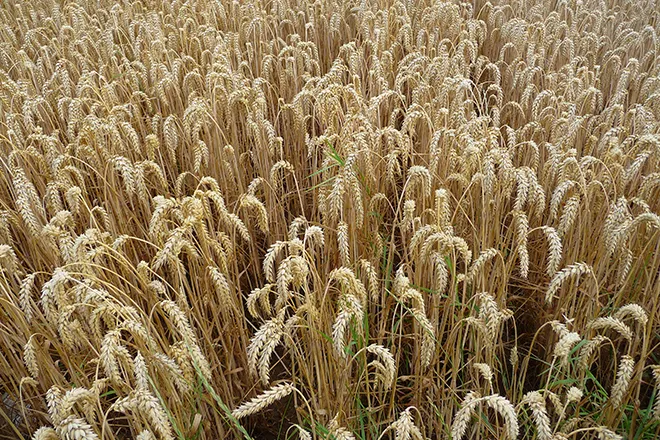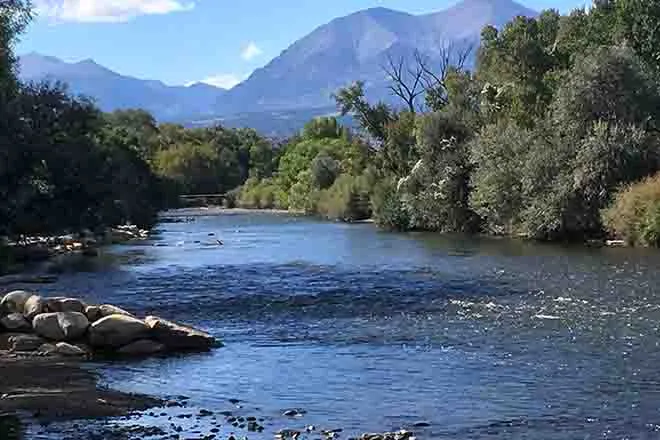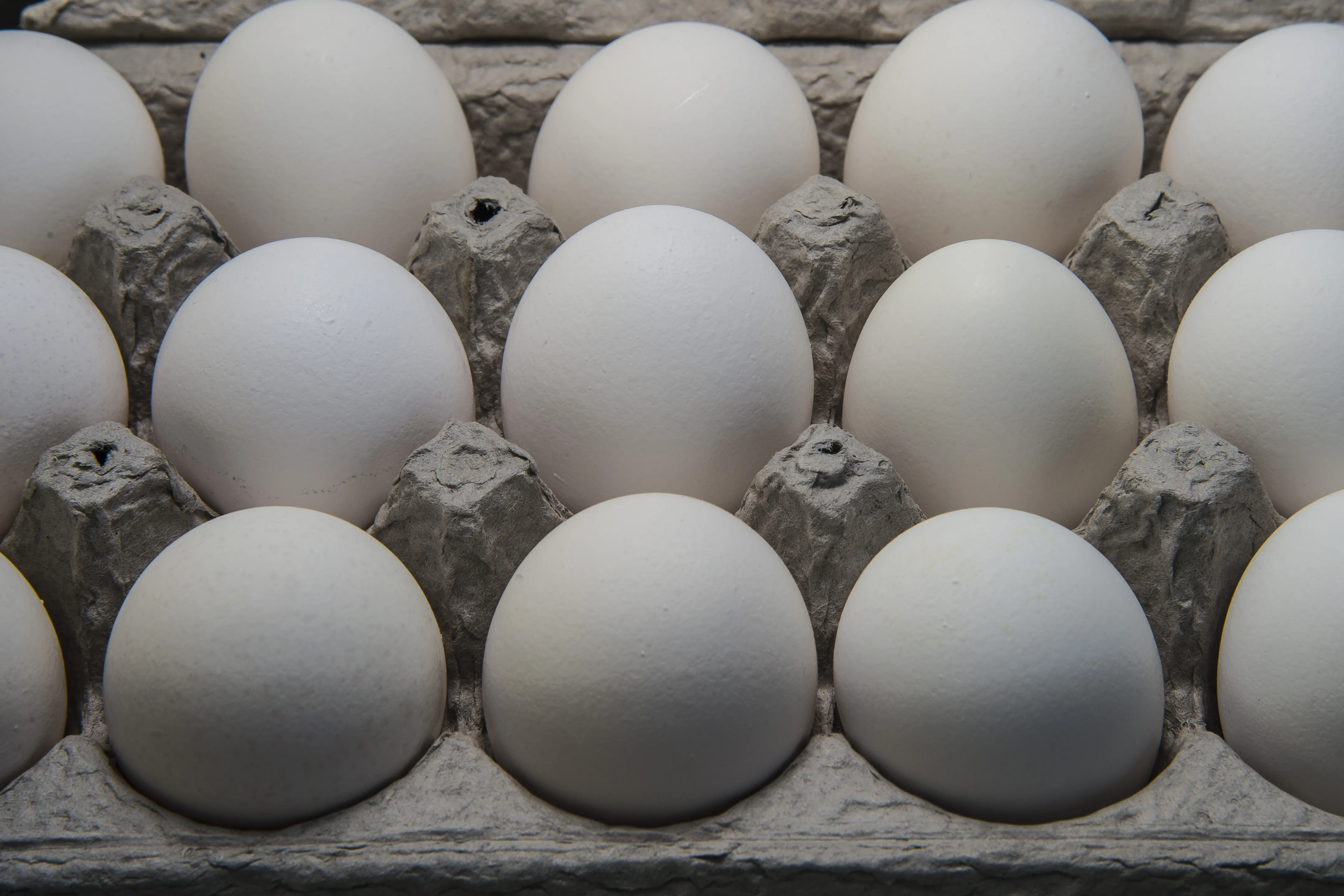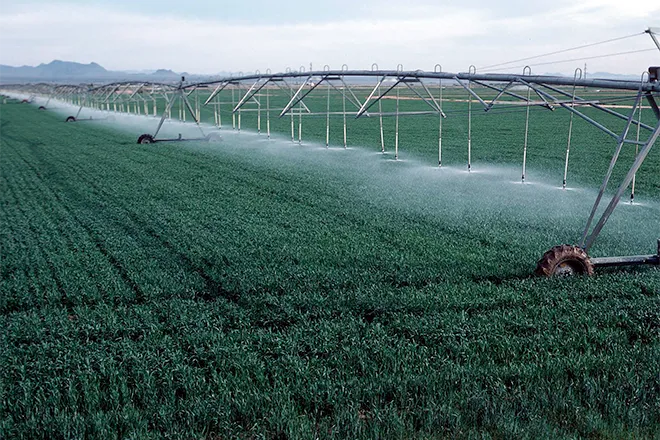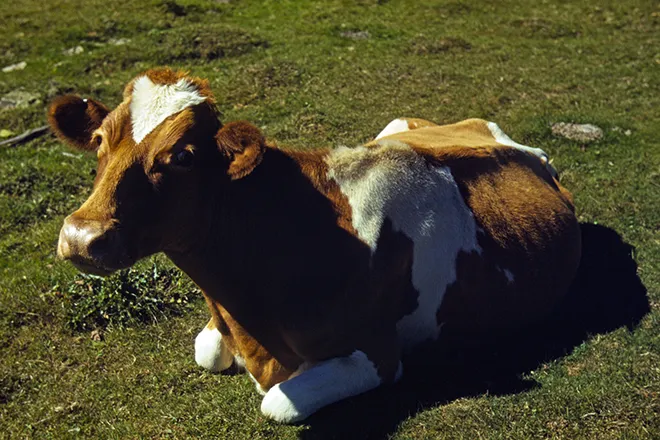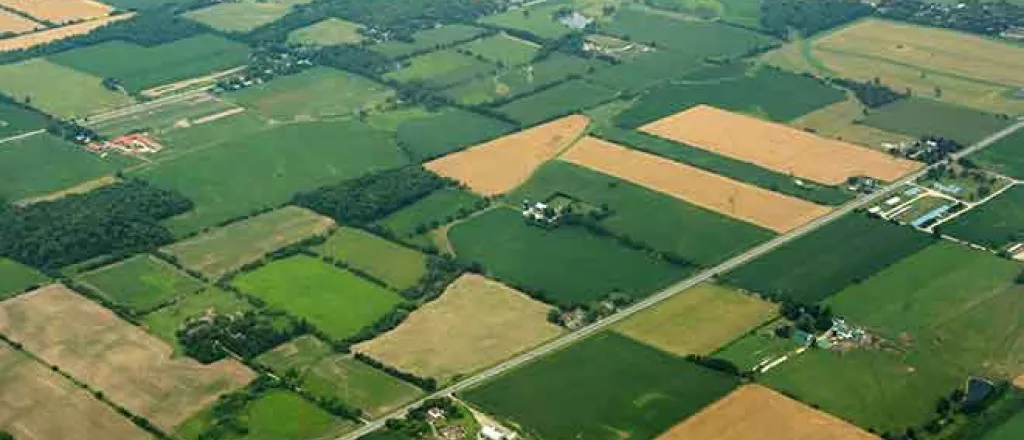
Colorado Produce Growers Ask USDA Secretary Perdue's Help on Labor, Trade
Members of the Colorado Fruit & Vegetable Growers Association (CFVGA) met with U.S. Department of Agriculture (USDA) Secretary Sonny Perdue this week at Sakata Farms to discuss the biggest challenges facing their farms. Also participating in the discussion were Governor John Hickenlooper and Colorado Agriculture Commissioner Don Brown.
"Securing qualified, legal labor for relatively short harvest seasons was by far the number one issue discussed with the secretary," said Robert Sakata, Sakata Farms, who is CFVGA president.
"For our short window of harvest, we hire about 120 workers through the H2A program to pick sweet corn," said Reid Fishering, Mountain Quality Marketing, Montrose, Colo. "I'm looking to work with the Department of Labor, who processes these visas, in a simple, streamlined way. The process is overly complicated and creates costly delays."
"We want USDA to be the portal for these H2A applications and to coordinate with the State Department, Labor Department and Homeland Security to more efficiently issue these work visas," said Perdue. "I know the corn will wait for the labor to arrive, even it is late," he said tongue-in-cheek.
Gail Knapp, Knapp Farms, Rocky Ford, Colo., told the secretary she would like to see H2A worker's wage, housing and transportation all rolled into a single payment. Participants who use the H2A program said it adds $3-6 per hour to their labor costs, but most concurred it is worth it to have a dependable, legal and competent workforce.
Sakata added that growers would appreciate the H2A program being more flexible to enable workers to move between nearby farms. "The current program would not allow me to send workers to my neighbor's farm if my crops aren't ready for harvest, but his are. This doesn't make sense and is really costly." He also urged the secretary to encourage funding at the federal level to develop technologies to automate harvest and other work now done manually.
"It is a myth that foreign workers are taking agricultural jobs from Americans," said Bruce Talbott, Talbott Mountain Gold, Palisade, Colo. "In the 13 years we have used the H2A program for hundreds of workers, we've had two local workers complete a contract."
"We've been able to hire local labor, but it is getting more difficult," said Jordan Hungenberg, Hungenberg Produce, Greeley, Colo. "We have yet to use H2A, because the fees and added housing and transportation costs make it expensive, but I think we are going to have to consider it in the future, as local people just don't want to do the work anymore."
Hungenberg also noted that his family farm made the decision to stop growing cabbage, due to just breaking even for many years. "The (farm) price of cabbage is the same as it was when I was in high school," Hungenberg said.
Other growers have come to the same conclusion, ceasing production of crops that were not profitable. Sakata Farms, Brighton, Colo., made the decision late last year that it will no longer grow sweet corn due to labor shortages and spiraling labor costs. Just prior to the CFVGA meeting, the Sakata family, who had been know for its sweet corn for more than 50 years, walked Sec. Purdue through its now-empty sweet corn packing facilities.
Governor Hickenlooper urged growers "not to throw the baby out with the bathwater. It would be better to take what you have and fix it than to get rid of it."
In addition to labor, growers urged Perdue to appeal to President Trump to negotiate trade deals that keep U.S. agricultural products flowing into foreign markets. Sec. Perdue assured growers that the president is very much aware of the importance of exports to U.S. growers.
The CFVGA is comprised of approximately 250 members, including growers of all sizes and types of production throughout the state, as well as representatives of allied industries. The Colorado fruit and vegetable growing sector contributes nearly $485 million to Colorado in production and sales and is multiplied as it goes through the distribution chain. Over 90,000 Colorado acres a
re in fruit and vegetable production




